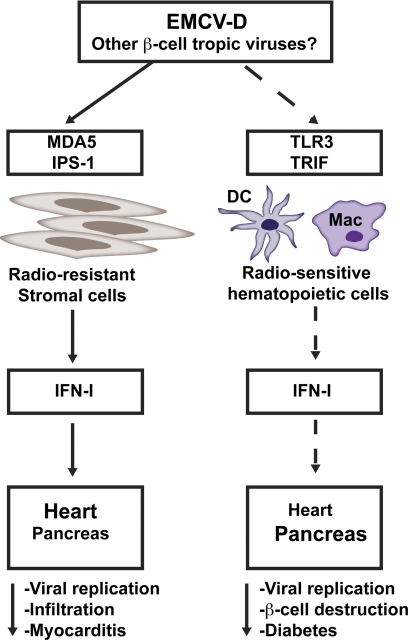Figure 3. Roles of MDA5 and TLR3 in virus-induced diabetes.
MDA5 has a dominant role in protecting the heart against EMCV-D infection. TLR3-deficient mice develop diabetes as a result of hematopoietic cells, failing to mount an early IFN-I response that protects β-cells from virus-induced damage. The role of MDA5 in virus-induced diabetes could not be assessed, as MDA5-deficient mice die from myocarditis within the first 5 days of infection. However, studies in MDA5+/− mice, which survive EMCV-D infection, do develop transient hyperglycemia, suggesting at least a partial for MDA5 in preventing virus-induced diabetes. Thus, IFN-I responses mediated by MDA5 and TLR3 can reduce viral replication, preventing β-cell destruction and diabetes.

